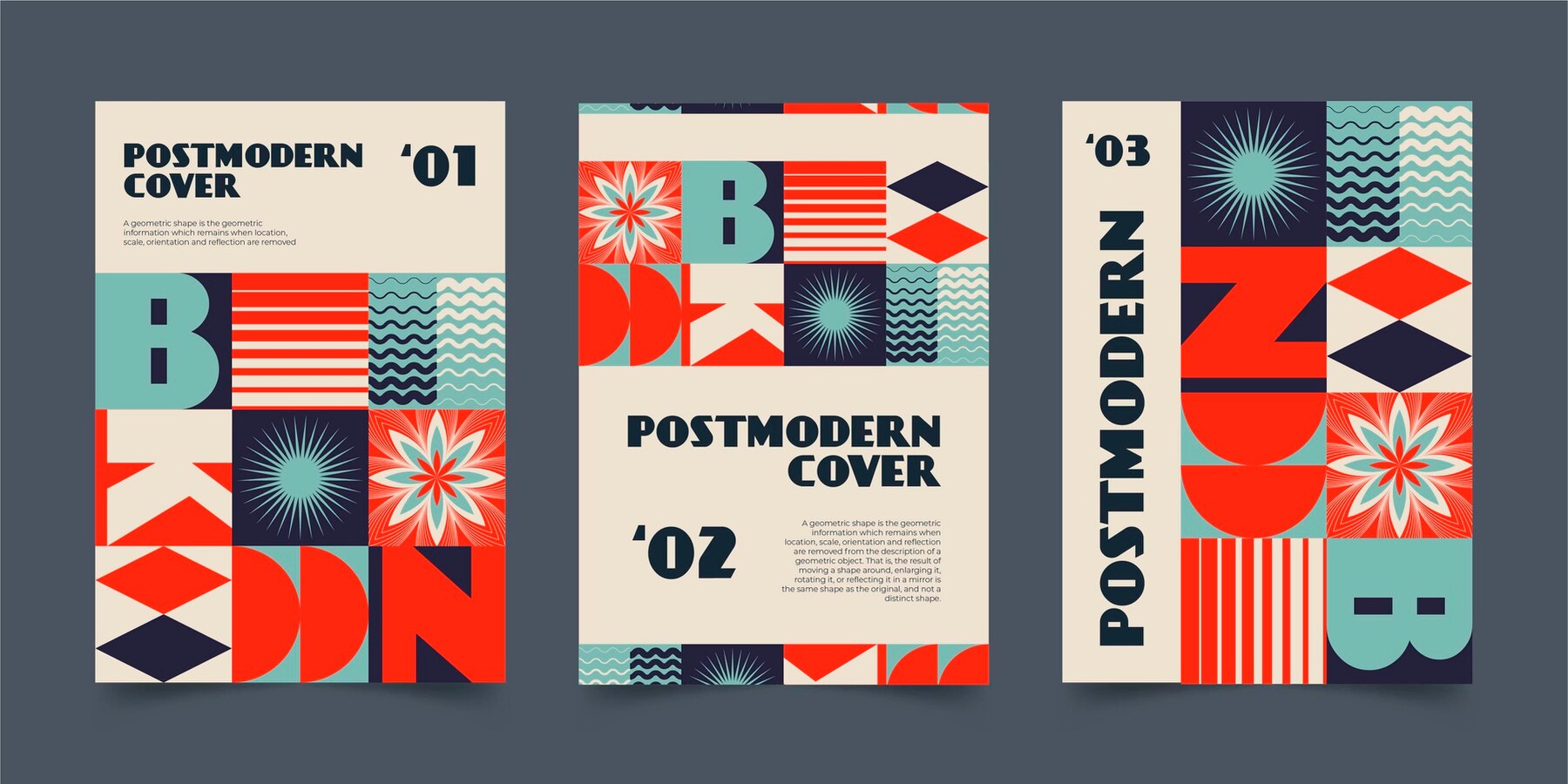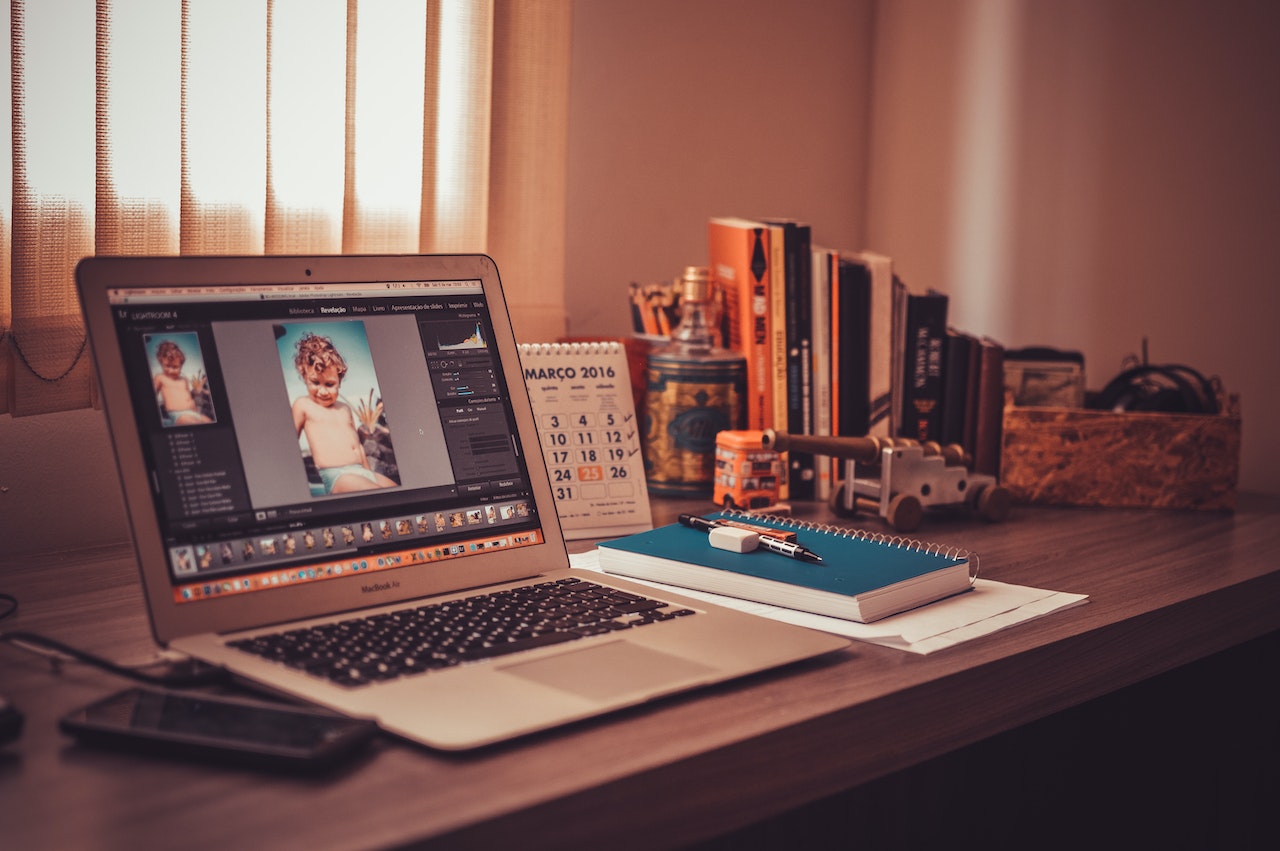
Do you oftentimes feel confused what to use for your web images– GIFs or JPEGs? And more importantly why? Great. You deserve kudos as confusion leads to comprehension. Here is what you have been looking for all the way! Essentially, they are formats in which web images are created in. Any file with a .jpeg or .gif extension is recognized, by a browser, as an image file. A good web site is partly one that will load quickly into a browser. Agreed? Well, for this to happen, your web page has to be small in file size. The GIF and JPEG file formats compresses images so that it is web worthy.
This is vital for you that you don’t mess around when it comes to decide what to use when. Here’s what you need to know (a subtle reminder and congrats for tech guys who know it)
GIF ( Graphics Interchange Format)
JPEG ( Joint Photographic Experts Group)
- JPEG uses a lossy compression schem. This means that you will, in fact, lose some data during compression. The more you compress, the more quality you lose. You will, therefore, have to strike a right balance between image file size and quality.
- JPEG compression rate can well be controlled . The higher the compression rate, the lower the size of the image. And as you have guessed, eh? The lower the quality.
- JPEG is optimally used for photographic images . The more colors and subtle gradients an image has, the better.
- Browsers take a longer time to display JPEGs.
Demarcating features of JPEG and GIF
One of the worst mistakes (hopefully you won’t make any longer) a web designer can make is to opt the wrong format for a particular type of image. As a thumb rule, for images with few flat colors, choose GIF. Images with lots of colors and gradients, you may go for JPEG.
Simple enough. Here is your turn to appreciate a couple of somewhat tricky tech understanding with regard to JPEG and JIFF’s. Pertaining to JPEG, if the horizontal rows of pixels undergo change frequently without patterns, then a JPEG may allow for a smaller file even if it is having few colors only. For designers if they can save a few kilobytes on each image, it can drastically improve the loading time of image-loaded pages intended for users with slow connections.
Further, though you can have animated GIFs, this is rarely a good idea in terms of design.
There are a few things you can do with GIFs that you can’t do with JPGs. The best way to get the smartest web images and graphics is up to you: technology is at your disposal only to be selectively used for spectacular results. So get going to harness tech understanding! People who work with a Web Design and Development always know these little tricks, now you do also.




thank you for nice tutorial
ultimately both have equal importance …
Very helpful topic indeed…thanks for sharing…